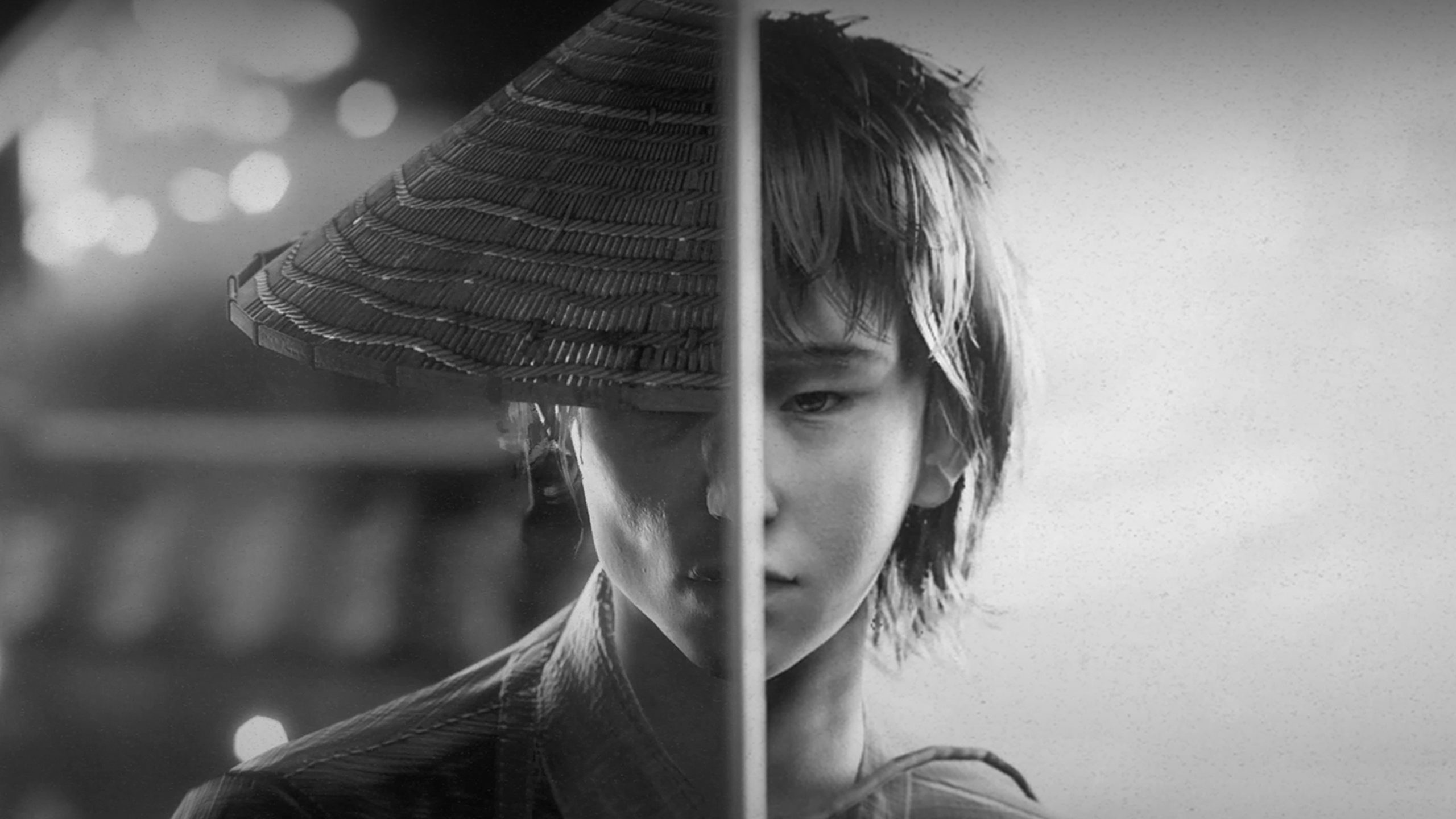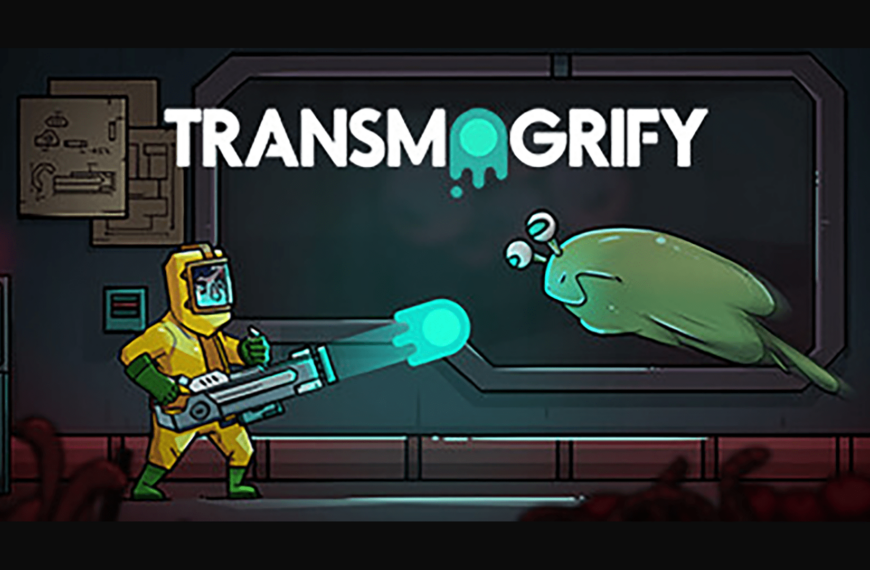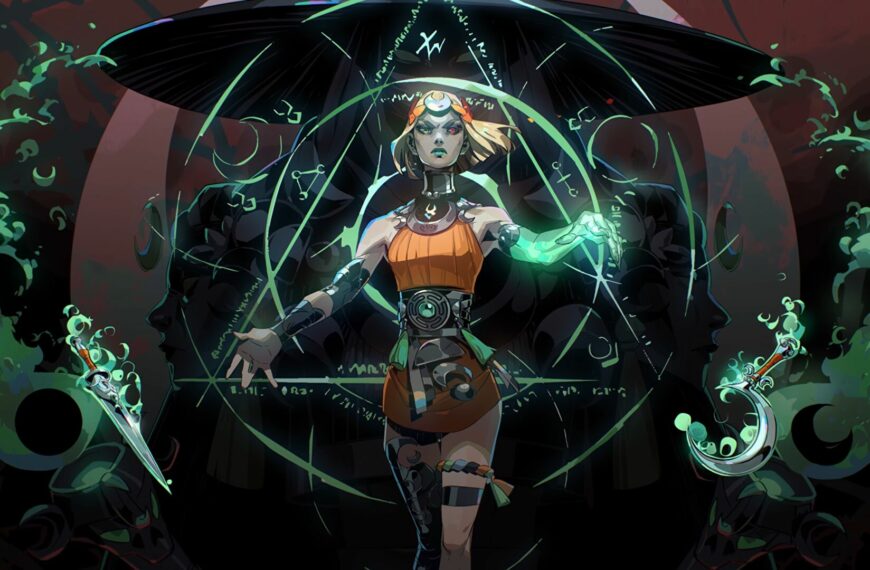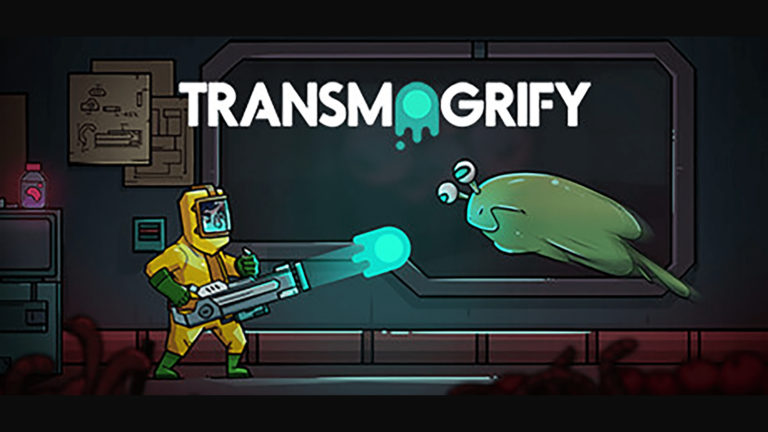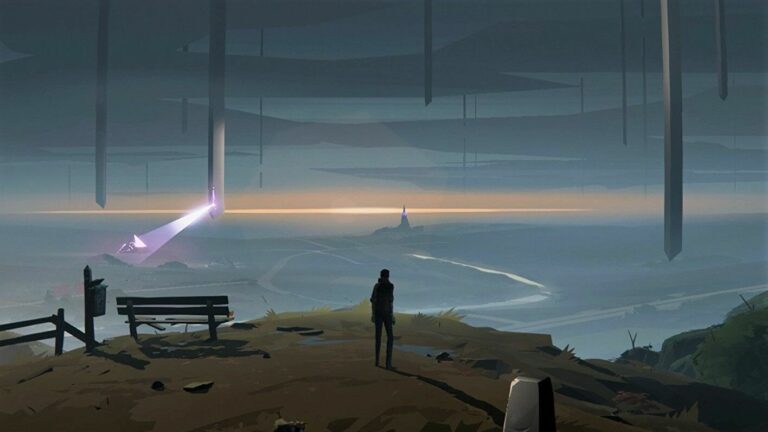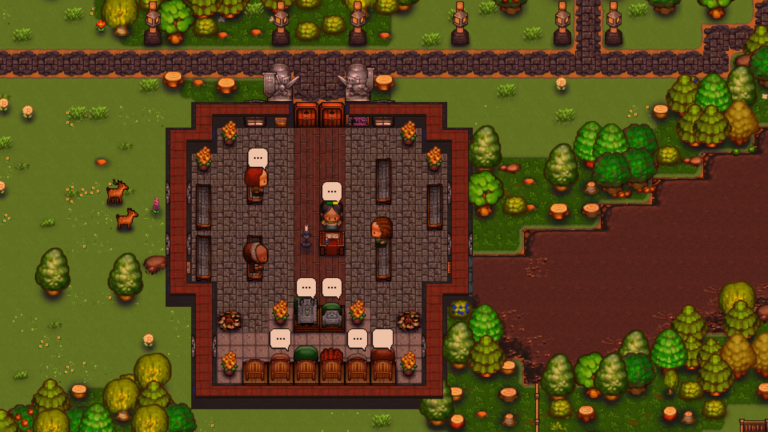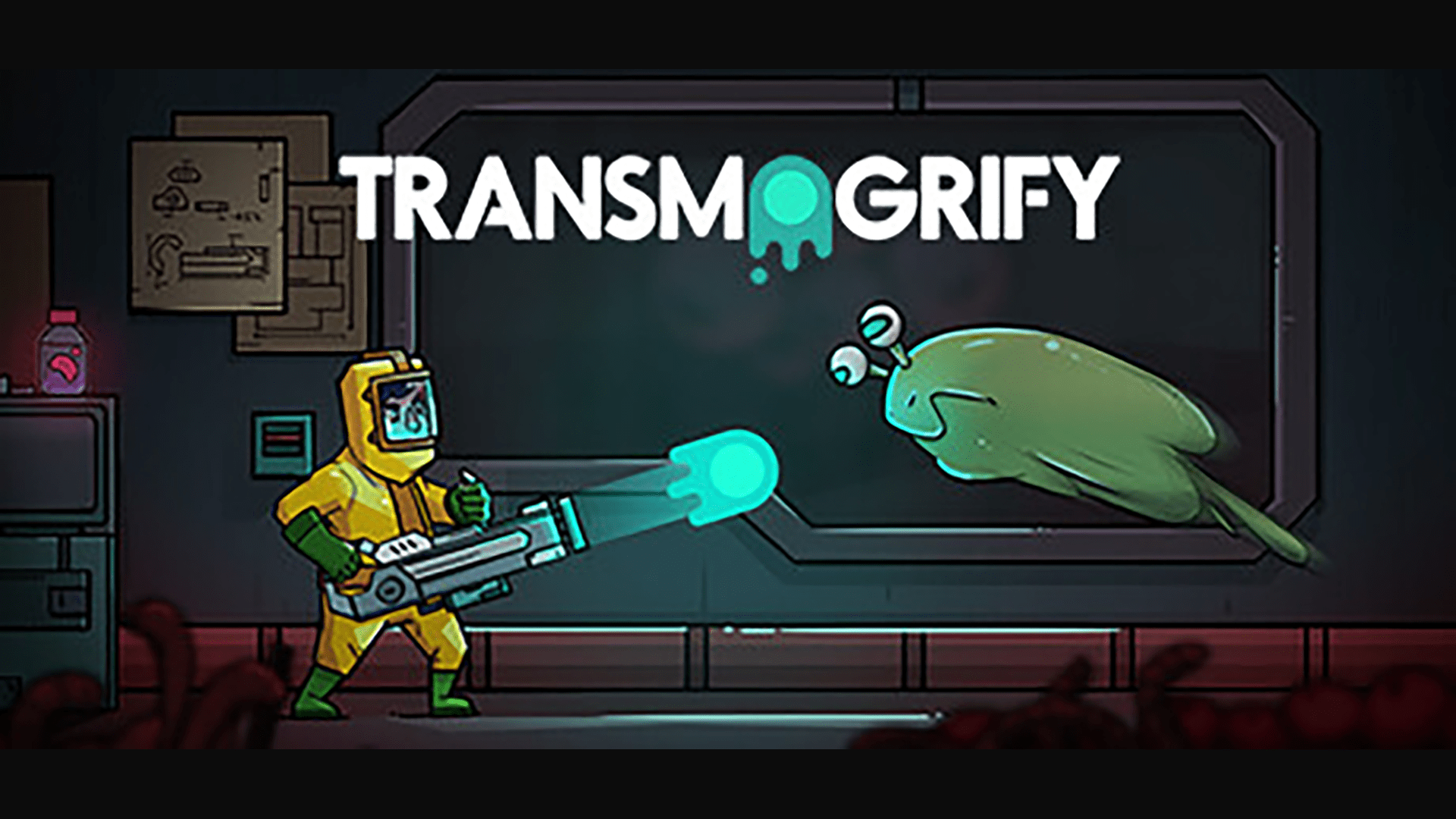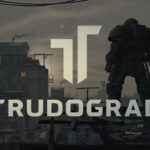Trek to Yomi isn’t what I expected, and I mean that in both a good way and a bad way. This side-scrolling action title marketed itself on combat and it’s incredible homage to classic Japanese cinema, think Kurasawa distilled into a game. Going in, My big question about the game was whether it could stand out from its peers and shed a unique light on the trope of the lone samurai that we’ve seen a few times in recent years; in games like Sekiro: Shadows Die Twice and particularly Ghost of Tsushima. I’ll try not to compare this indie title to a big budget Sony Exclusive too much, but I will warn you that I make a lot of comparisons here to the works of Akira Kurasawa, who is one of the main influences for the style of this game, both in looks and story. And speaking of the story;
In Trek to Yomi, you play as a young samurai named Hiroki, who studies under Sanjuro, a feudal lord from a Japanese village in the Edo period. Things quickly take a turn for the worse when a large band of bandits raids the city and Sanjuro leaves Hiroki behind to protect his men. Hiroki disobeys his orders to hide and fights the bandits in an attempt to help his master. Through Sanjuro’s training, he is able to take on the disorganised robbers, but is quickly disarmed by his leader Kagero. However, Sanjuro arrives just in time to prevent Hiroka’s death. Kagerou and Sanjuro confront each other and it looks like they are mortally wounding each other. Sanjuro asks Hiroki to help her daughter Aoki protect the village with her last breath. After a while, we discover that Hiroki has kept his word and the village has recovered from the bandit attack many years ago. However, after only spending a few minutes with old Hiroki and Aoki, a man arrives from a nearby village and reveals that they have been attacked by a large army of bandits. Hiroki takes a squad of samurai with him to help his neighbours, but things aren’t as easy as they seem. Sadly, this real-world plot is oftentimes foregone for the titular Trek to Yomi, a more metaphorical journey but one largely lacking in a lot of substance. These sections really slow the plot, and I found myself wondering when it was going to get back to it multiple times.

This plot, as well as being engrossing and generally well executed, is a great example of how this game pays homage to the style of film and media that it sets out to pay. Kurasawa’s work has been recreated many times in the past, for instance in the aforementioned Ghost of Tsushima, and oftentimes it works out pretty well, however there are always changes that need to be made, be it in modernisation or in changing to an entirely different medium. Whilst the story here is very good, it is largely the weak link on an aesthetic level, because it doesn’t follow in it’s forebears in going deeper than an aesthetic level. It feels very edgy and dark throughout without wavering. In a film like Sanjuro, his interactions with the other samurai add a comedic element into the mix, and the incompetence of their incompetence compared to the titular character, when compared to the giant army of the villain, makes for a story which keeps you guessing as to where the next plot conflict will come from. None of that mystery exists here, and far too much of the game is spent beating up monsters in the underworld and listening to the main character tell himself how lame he is.
Over the course of the game, Hiroki must choose between three paths, love, duty or revenge, however these options are often not balanced, and sometimes feel like the typical video game curse of ‘here is the objectively good choice and here is the objectively bad choice’. Another thing that plays into the lack of depth in the narrative is the villain. Now, I’m not here to claim that Kurasawa’s villains were always the strongest and deepest characters, but usually they were a bit more than just ‘this is the bad one, who is bad because he’s bad’. Unless I missed something, he doesn’t even have a real backstory. I will say though, the story here is better than what a lot of titles offer, and I only criticise as much as I do by comparison to the works this game sets out to emulate.
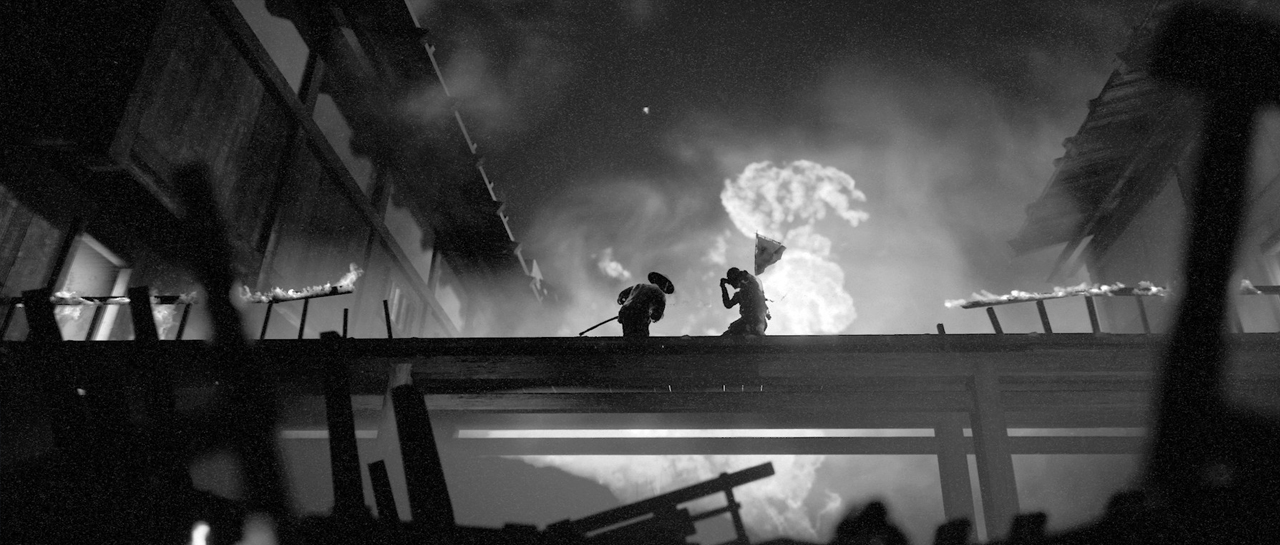
Where the game really excels, though, is in the visuals, the art and music of this game perfectly mimics the likes of Kurosawa, this is the kind of game where it really feels like my film analysis experience comes in handy. I don’t think I’ve ever used the phrase ‘cinematography’ in a review for Indie Game Fans, especially having only reviewed one game with fixed camera angles, but here I am saying; the cinematography of this game really carries everything. The heavy filters over the entire game replicate the look of film grit and grain in a way that made me forget I’m not looking at old film a couple of times.
The game uses exaggerated effects to punctuate certain major moments, and the use of light and dark (check out any scene where there’s a fire) recreates how Kurasawa lit scenes and how old film captures scenes with shocking accuracy. Even the use of mist and fog is perfectly recreated in the digital space, and this element particularly is used to separate the feel of Yomi from the real world. I really can’t state enough how good this game is to look at constantly.
Also Read
Transmogrify PC Review: The Best Way To Defeat An Enemy
Transmogrify is a game with a strong central idea let down by a shoddy execution resulting in an experience that is…
Defy the Gods as a Witchy Moon Goddess in Hades 2
Supergiant announces Hades 2 for 2023 at the 2022 Game Awards. The sequel promises dark sorcery, witchery, and more frenetic roguelike…
The music is also outstanding, emulating the style of Kurasawa’s films perfectly. Kurasawa always tried to mimic the period that the films were based in, employing composers like Fumio Hayasaka and Masaru Sato to life.
I wish I had more to say on the visuals, as I feel like I spent so long criticising the story, but it really is just great, and I have nothing to say other than that this game is potentially worth playing just for how it looks. There is only one issue that kept cropping up as I played, and that’s the camera. As wonderful as the environments are in this game, the constantly shifting camera angles in some areas hinder fun during exploration somewhat. It’ll shift to a different perspective that needs a different input to work, and sometimes even shift in a way that makes you lose sight of the character you’re controlling, but now we’re treading the line between art design and gameplay, so let’s get on to talking about that.
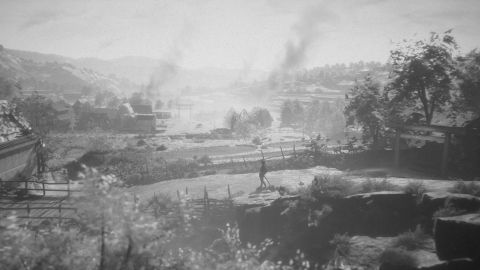
To finish my point about the camera, the developers knew to at least keep it stuck to a fixed side-scrolling viewpoint during combat, so none of the issues faced during exploration really come up when it could become frustrating, which is good. Now, let’s talk about combat, what would a game about a samurai be without combat; and the combat here is… fine. It’s the kind of gameplay that feels like it looked great during the planning stages, it seems complex and tense in description, but in practice it feels quite repetitive. As is to be expected, the main weapon you use in the game is a Katana, and you combine a weak and strong attack with high, mid and low defensive moves. As the game progresses you unlock a variety of combos that build out your offensive capabilities. However, the two or three combos that stun enemies are the obvious choices in basically any scenario. These moves largely make the whole combat system a bit superfluous outside of bosses, and if you want to try and explore some of the depth of the combat system, of which there is a decent amount, you have to actively ignore moves that just are objectively better.
I will admit, I have been a little harsh in this review, but it’s mostly because this game is so close to being GREAT, it just misses the mark by enough that it will probably put off many audiences. Overall, though, Trek to Yomi is well worth the money, coming in at about five hours (give-or-take) and at less than £20, it’s very much worth your time, it won’t disappoint you. Trek to Yomi is an outstanding visual feast with a story and gameplay that never reaches the same level due to some important shortfalls.

